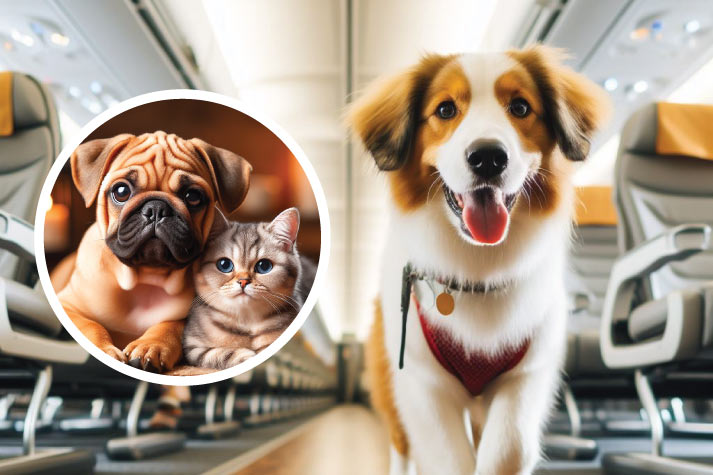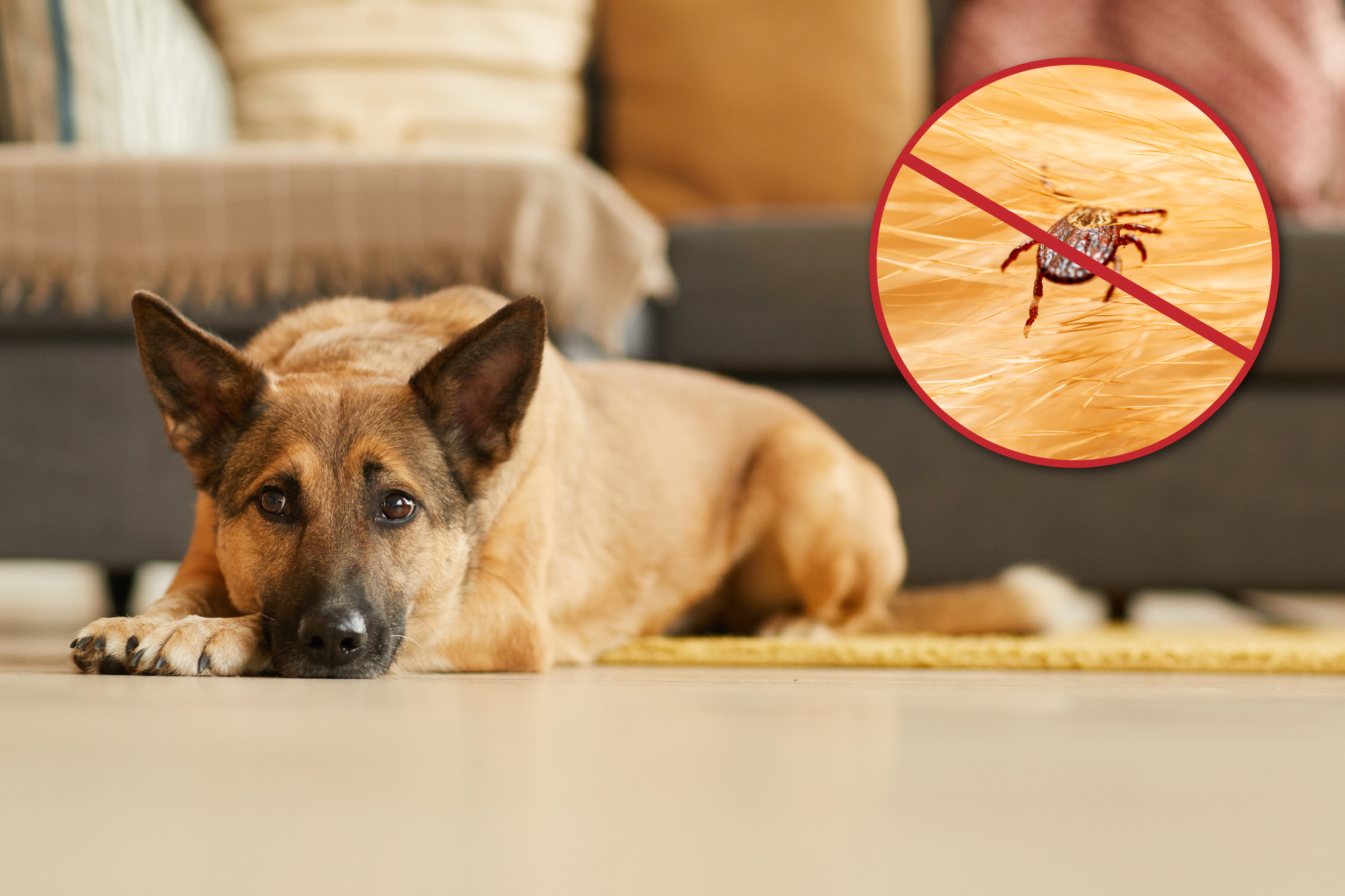


What’s happening?
How Much Does It Cost to Transport a Pet in The Philippines?
The cost of moving a pet depends on various factors, such as the age, size, breed of your pet, the crate size, and so on. For a tailor-made quote, contact query@carrymypet.com
Can Pet Travel by Accompanied or In Cabin Baggage in The Philippines?
Yes, pets can arrive in-cabin or as accompanied baggage into the Philippines.
Which Airlines Allow Pets in Philippines?
Emirates Airlines and Malaysian Airlines are pet-friendly flight provides to and from the Philippines.
How Do You Get a Travel Permit for Pets in The Philippines?
You will require a veterinary health certificate, an import permit, a Sanitary and Phytosanitary Import Clearance from the governing body, the Bureau of Animal Industry.
How Do Pets Travel Domestic in The Philippines?
Pets can embark on road travel for shorter journeys and air travel for longer ones.
Pets can embark on road travel for shorter journeys and air travel for longer ones.





